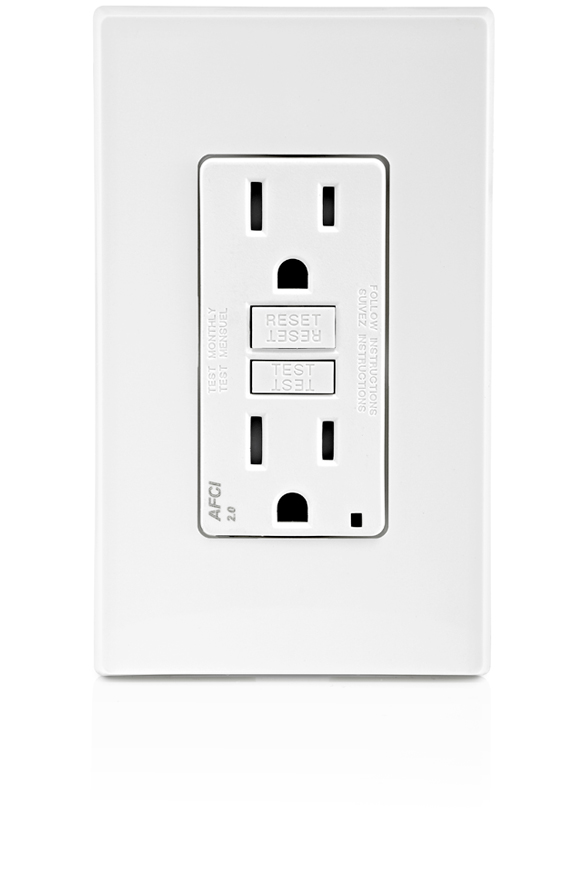Arc Signature Capture Program

First required by the National Electrical Code® (NEC®) in 1999, Arc-Fault Circuit Interrupter (AFCI) technology is relatively new when one considers the history of electrical protection. As a potentially life-saving tool by helping to prevent electrical fires, AFCI technology is a priority for Leviton’s engineering team. This blog will review the benefits of using AFCI protection and how Leviton engineers are committed to advancing the effectiveness of AFCI technology to enhance home safety with our growing Arc Signature Capture Program.
Why AFCIs?

AFCI protection is required for new or replacement construction in many areas throughout the home, including living rooms and bedrooms, to help prevent electrical fires. In fact, the U.S. Consumer Products Safety Commission (CPSC) estimates1 that nearly 50% of home electrical fires could have been prevented with the use of an AFCI device.
Leviton manufactures AFCIs and AFCI/GFCIs in both circuit breaker and outlet types, each one with its own unique advantages. Leviton’s circuit breaker type AFCIs and AFCI/GFCIs protect the entire branch, starting at the load center, from parallel and series arc-faults. Outlet type AFCIs help protect any loads on the branch that are downstream from the outlet, as well as provide protection against upstream series arc-faults. They also give the user the option to test and reset at the face of the device, instead of having to do so at the load center.
Going a step further, Leviton’s Smart AFCI and AFCI/GFCI circuit breakers capture arc incidents and send their unique ‘waveforms’ to the Leviton cloud for analysis. This opens up a new and exciting method of exploring enhancements in AFCI protection.
Leviton’s Bluetooth®-enabled AFCI outlet can also capture arc incidents and waveforms for analysis. This device is designed to receive periodic upgrades to help contractors diagnose and address field issues, providing better insight into AFCI performance.
What is an arc signature? Why is it important?

Arc waveforms are unique signals generated when an arc occurs. For example, the waveform generated by one microwave model during an arc event is likely not the same as that generated by a different model. It is important to note that not all arcing events are dangerous. During normal operation of electrical devices, naturally occurring “safe” arcs occur; for instance, simply turning off a light switch generates a small arc. The real challenge for AFCIs is to distinguish between these “safe” arcs and those which pose a hazard that can potentially lead to an electrical fire.
Once the waveform is captured, it is transmitted to the Leviton cloud where it can be analyzed by Leviton engineers and recorded. If a tripping incident has occurred and it is determined that the arc is being generated by a known source producing a safe arc, updates can be made to the product design and internal code to eliminate those specific tripping events. These updates can ultimately be sent remotely to connected devices.
Leviton’s commitment to developing best in class safety products has led our team to the forefront of the arc signature initiative. Learn more about Leviton AFCI devices by visiting Leviton.com/AFCI


